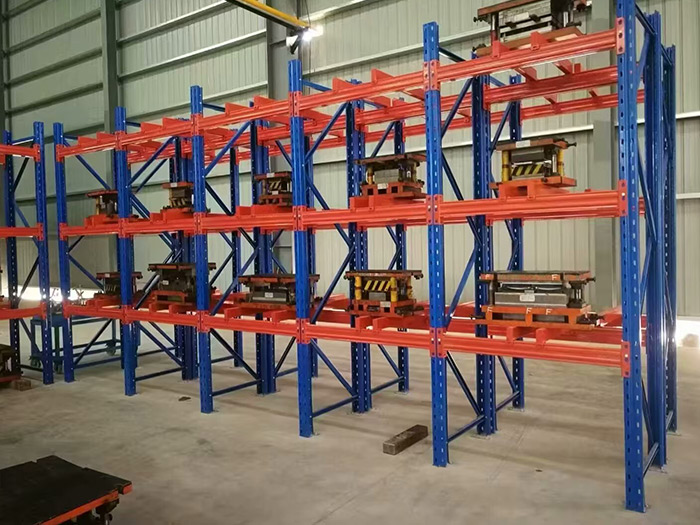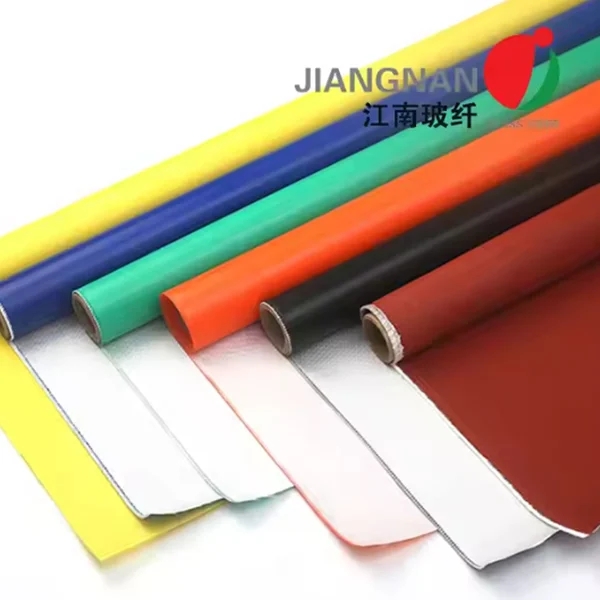Unveiling the Ideal Material for Ceiling Coverings: A Comprehensive Guide
2 min readWhen it comes to designing or renovating a space, the ceiling often plays a crucial role in creating a visually appealing and functional environment. Selecting the best material to cover a ceiling can significantly impact the overall aesthetics, acoustics, insulation, and maintenance requirements of a room. In this article, we will delve into the realm of ceiling coverings, exploring various materials and their suitability for different applications. So, let's embark on this journey to discover the perfect material to elevate your ceiling!
- Gypsum Board: The Versatile Classic
Gypsum board, commonly known as drywall or plasterboard, has long been a popular choice for ceiling coverings. Its versatility, affordability, and ease of installation make it a go-to option for both residential and commercial spaces. Gypsum board offers excellent fire resistance, sound insulation, and can be easily painted or textured to suit any interior design style. - Acoustic Panels: Enhancing Sound Control
For spaces that require optimal sound control, such as theaters, recording studios, or conference rooms, acoustic panels are an excellent choice. These specialized panels are designed to absorb sound waves, reducing echo and improving overall acoustics. Available in various materials like fabric, wood, or foam, acoustic panels can also add a touch of elegance to your ceiling design. - Metal Tiles: Aesthetic Appeal with Durability
If you're aiming for a contemporary or industrial look, metal tiles can be a fantastic option. Made from materials like aluminum, tin, or steel, these tiles offer durability, easy maintenance, and a sleek appearance. Metal tiles are often used in kitchens, restaurants, or commercial spaces, where hygiene, moisture resistance, and a modern aesthetic are paramount. - Wood Planks: Warmth and Natural Beauty
For those seeking a warm and inviting atmosphere, wood planks are an excellent choice. Whether you opt for traditional tongue-and-groove planks or innovative engineered wood products, such as veneered panels or reclaimed wood, wooden ceilings can add a touch of natural beauty to any space. Wood also provides excellent insulation properties and can be stained or painted to match your desired style. - PVC Panels: Practicality and Affordability
PVC (polyvinyl chloride) panels have gained popularity in recent years due to their affordability, durability, and ease of maintenance. These lightweight panels are moisture-resistant, making them suitable for areas prone to humidity, such as bathrooms or basements. PVC panels come in a wide range of designs, including faux finishes that mimic wood or metal, offering a cost-effective alternative to pricier materials.
Conclusion:
Selecting the best material to cover a ceiling involves considering various factors such as aesthetics, functionality, acoustics, and maintenance requirements. Whether you prefer the versatility of gypsum board, the sound-absorbing properties of acoustic panels, the modern appeal of metal tiles, the natural warmth of wood planks, or the practicality of PVC panels, each material has its unique advantages. By carefully evaluating your specific needs and design preferences, you can make an informed decision to create a stunning and functional ceiling that enhances your space's overall ambiance.



